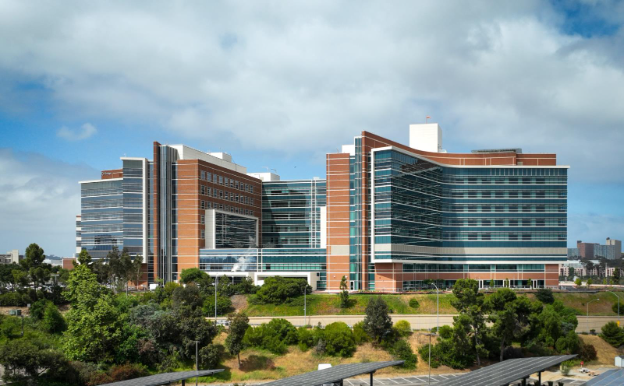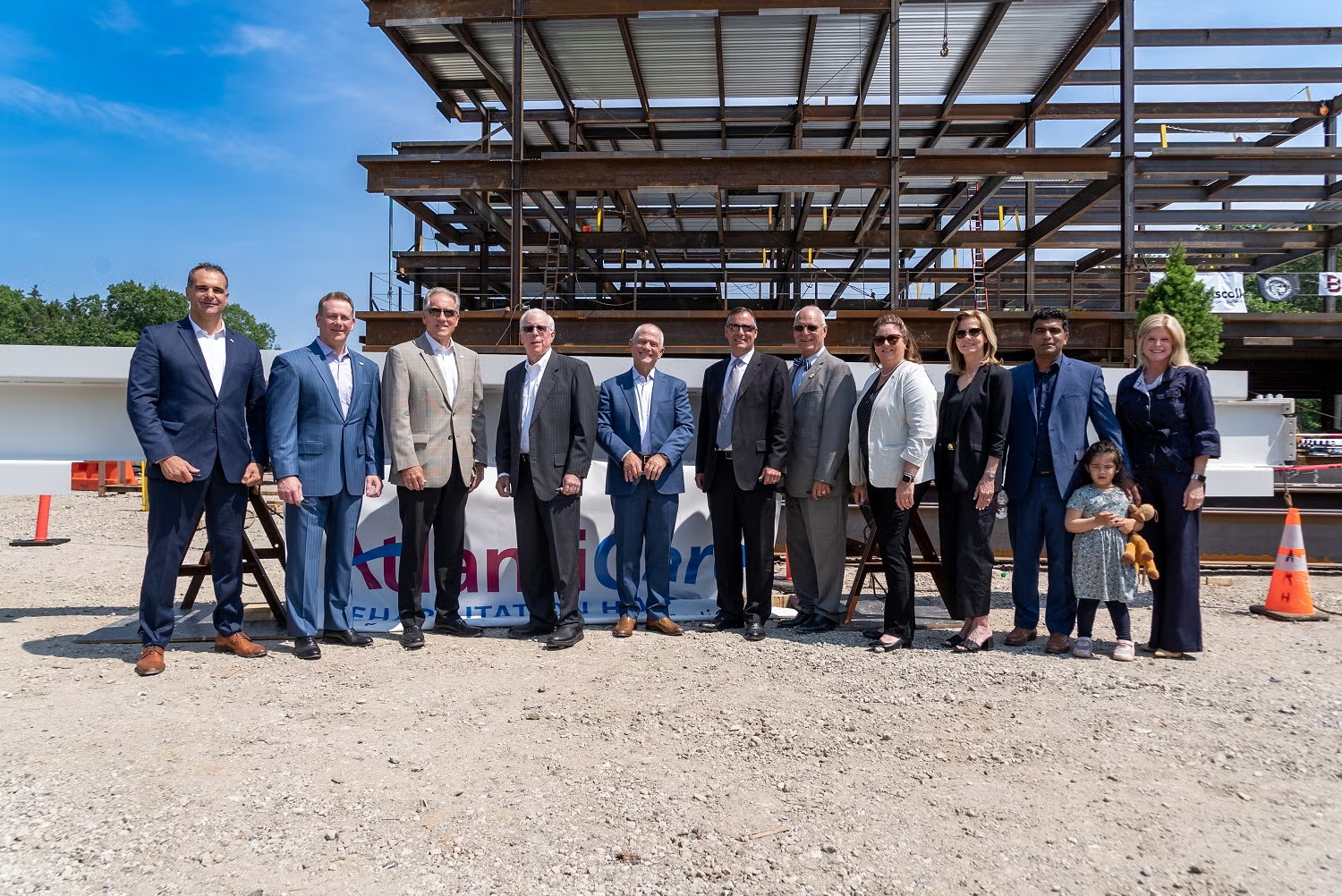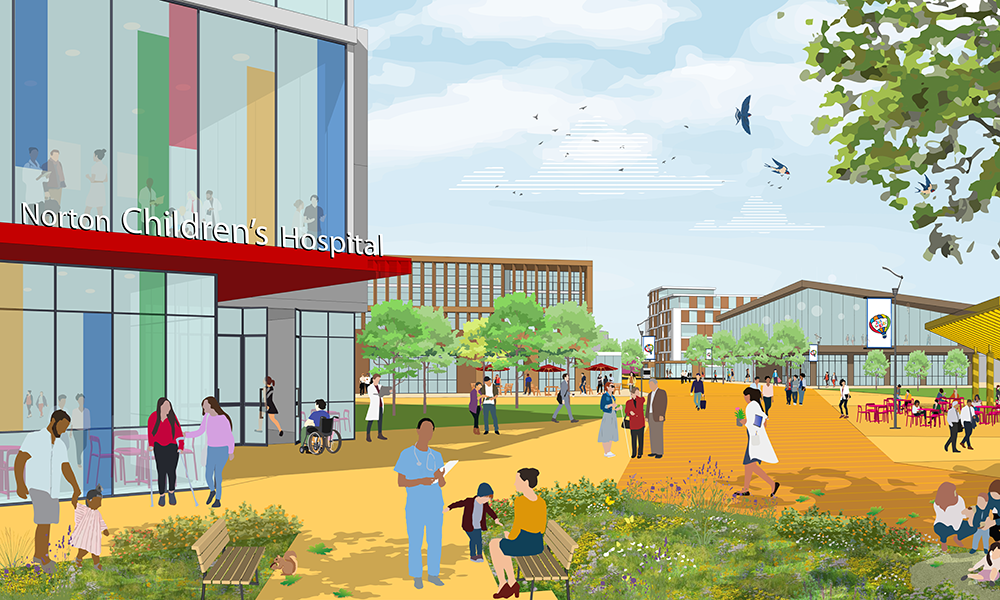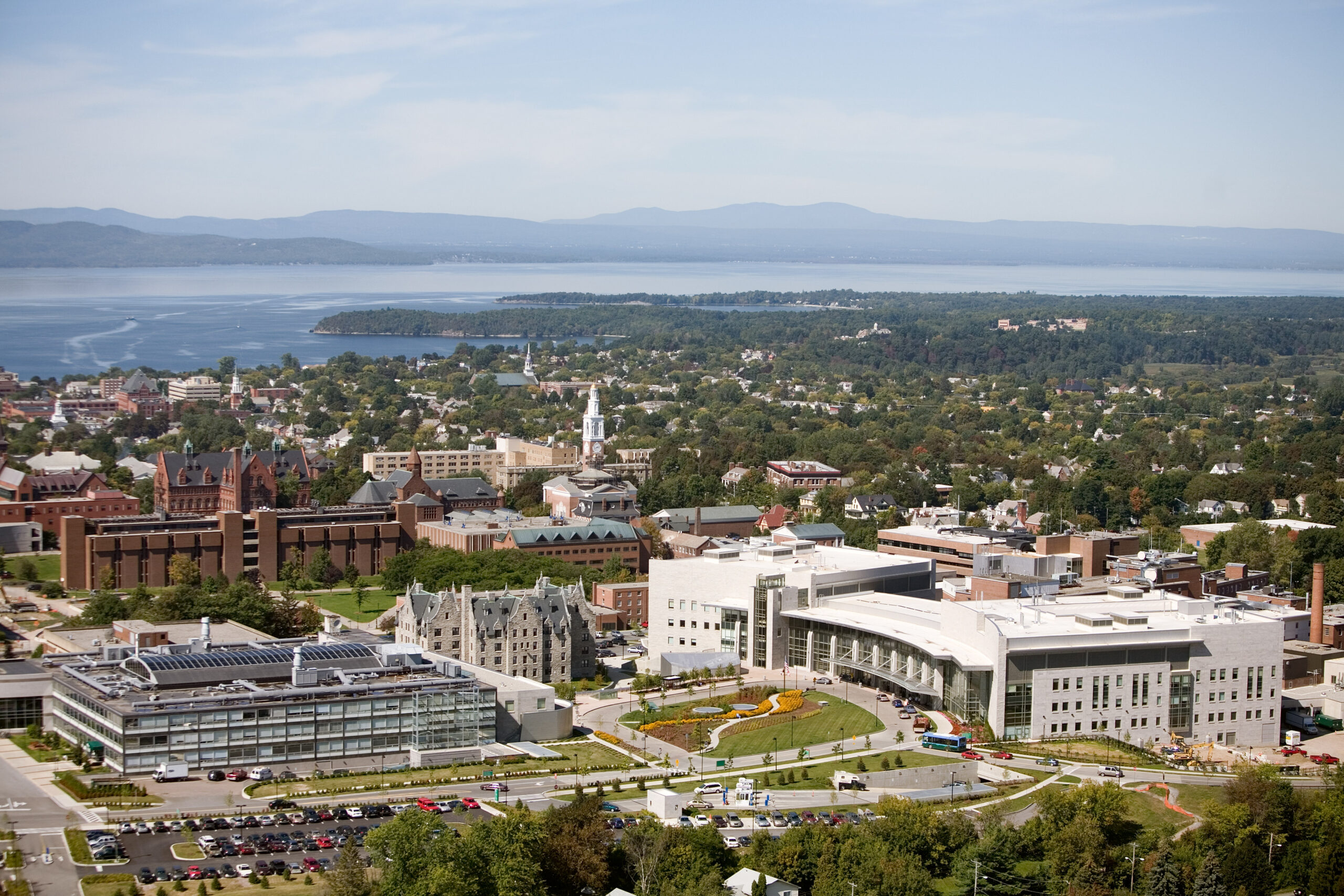A hospital in the West Bank, the contested area at the epicenter of the Israel/Palestine conflict, is currently in the process of adding a new wind turbine, ensuring the facility can continue to serve patients in some capacity, even if the surrounding areas loses power. Al-Ahli Hospital, the largest hospital in the Hebron district, contains 365 beds with a capacity for 500 patients in emergency scenarios. The project was inaugurated in 2009, when the European Union (EU) agreed to fund 80 percent of the $2.6 million construction operation. The 700-kilowatt turbine will begin generating 40 percent of the hospital’s energy by the end of 2012.
A report by the EU Neighborhood Info Center explained the change in energy consumption associated with the project.
“In exact figures, the hospital annual consumption of diesel is about 200,000 liters and when the project runs, half of this will be saved through renewable energy,” the report said.
The hospital’s in-house contractors will collaborate with Hebron Electric Power Co., the Renewable Energy Research Unit, the Palestine Polytechnic University and the Palestinian Energy Authority to complete the project. Trainees from different Palestinian institutions were sent to the University of Twente in the Netherlands, which was selected by the EU as the European partner on the project. Two engineers actually acquired their master’s degrees in the process, preparing them to work on the project. The team has also used the organizational process to inform the public about green energy, hosting a series of five workshops, the last of which will be held upon completion of the project.
The project serves as a pilot project for a larger effort undertaken by the Palestinian National Authority’s Energy & Environment Authority, which plans to generate at least 15 megawatts of power from wind energy by 2020. The West Bank consumes approximately 600 megawatts per year. The hospital is also working on a solar thermal system that will take it one step closer to being completely energy independent. Having alternative forms of energy will allow the hospital to prevent some of the damage to equipment that can occur when a structure suddenly goes from full operation to complete power loss when the local grid fails.





